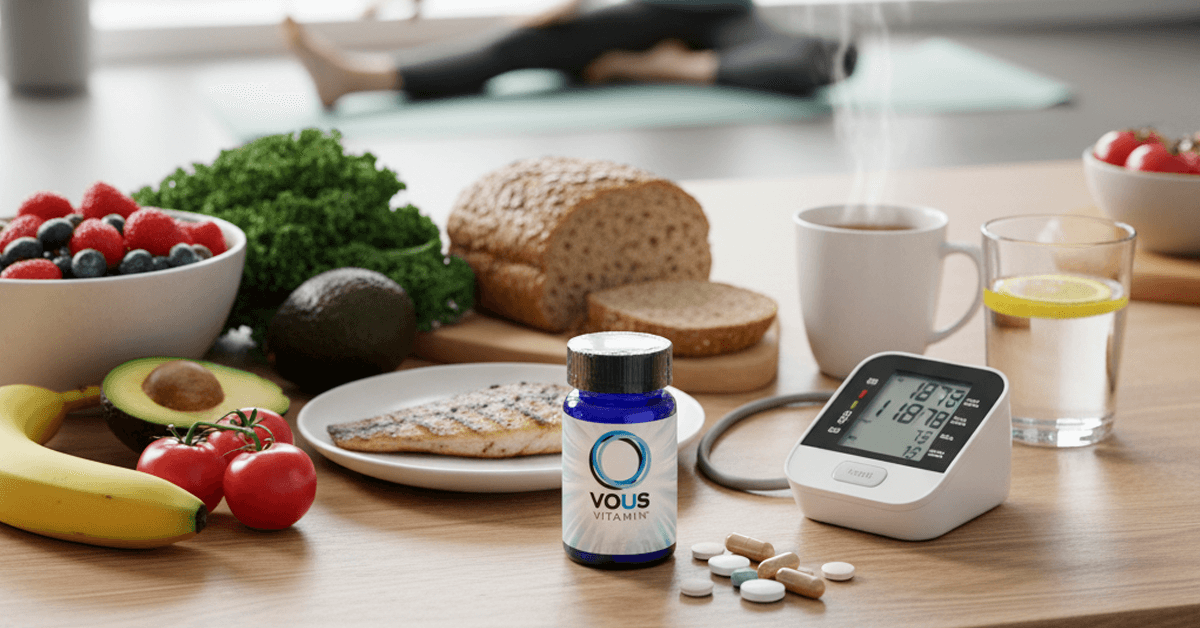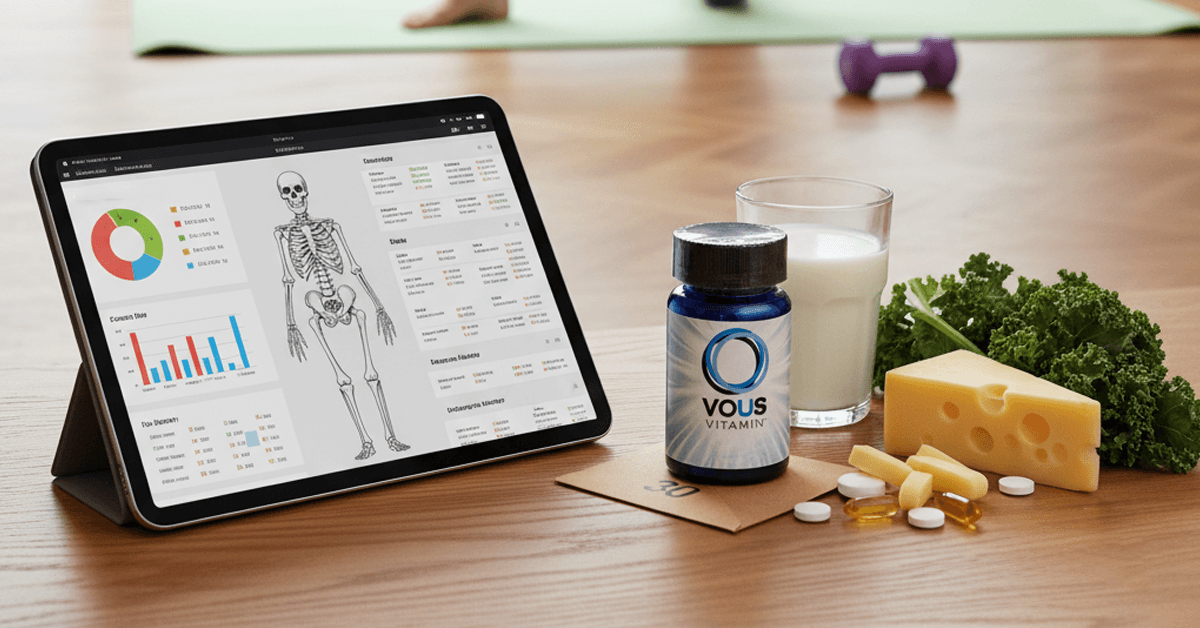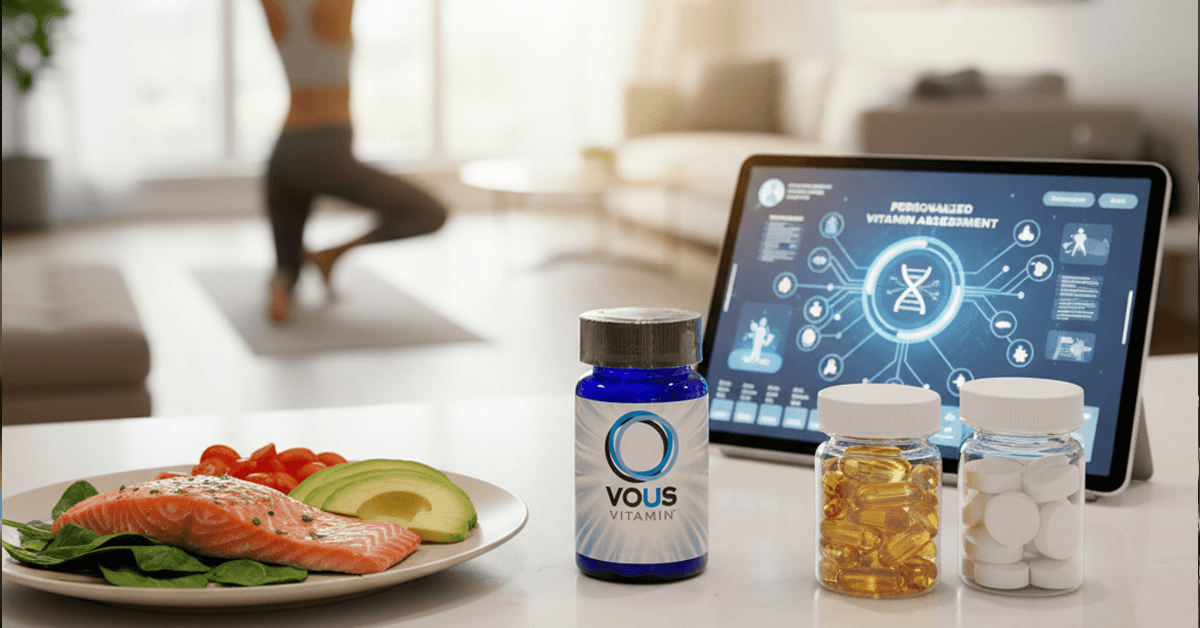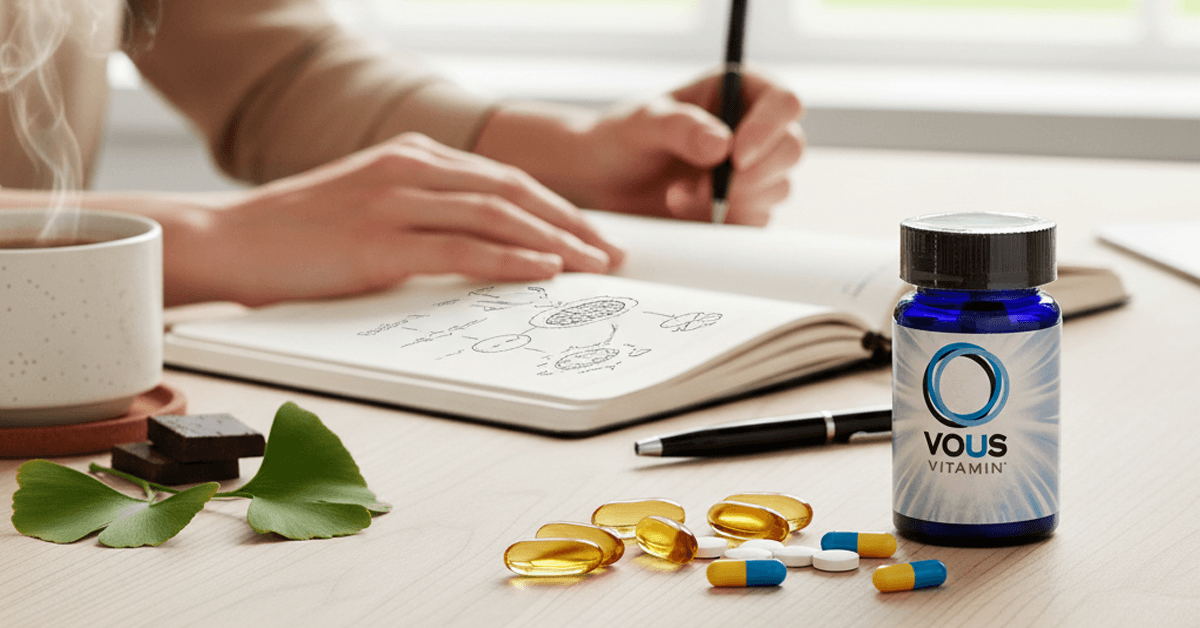

Vitamins can help with migraine issues, but consumers shopping in the overwhelming vitamin aisles often miss the right combination of nutrients that would make an impact in this area. A personalized vitamin plan is critical to success. A vitamin a day may help keep the doctor away—and it’s not that we have anything against your doctor—but many people who suffer from headaches might feel better and have less frequent episodes if they get adequate amounts of the right vitamins. There are actually many different types of headaches. The most common ones are migraines and tension headaches. Migraines are something we see more in our practices, but many people also suffer from low-grade tension headaches for which they don’t often seek medical attention. In addition to these varieties of headaches, we will also touch on headaches related to dehydration and other lifestyle factors, such as alcohol (known in medical terms as the hangover).
For those of you who are blessed not to know what a migraine is, it’s a type of headache that occurs when blood vessels in the brain spasm. This tends to cause an intense and throbbing headache, often accompanied by nausea, sensitivity to light, or strange visual symptoms. (Please see your doctor to evaluate any symptoms you may have and to confirm your diagnosis.) The most typical location for a migraine is one side of the head, starting behind the eye. However, many people experience pain that involves other parts of their head or their whole head.
Migraines can be debilitating—they can account for significant loss of work time and severely impact a person’s quality of life—but they are also common, affecting about 28 million, or 12 percent of Americans. Migraines are in fact more common than asthma and diabetes combined. Some migraines are accompanied by what is called an “aura,” a sensory phenomenon, usually a visual experience (seeing jagged lines, flashes of light, bright spots, or blind spots), that can happen before, during, or after the headache. On rare occasions, these symptoms can occur without an accompanying headache and are then termed a “visual migraine.” Some people get auras they describe as a “funny feeling” but can’t articulate further.
Many, but not all, people who get migraines have a family history of migraines. They can start early in life or come on later. It is rare to develop migraines in later adulthood. Different people have different events or foods that tend to trigger their migraines. It is very common for women to get migraines prior to getting their period (known as a “menstrual migraine”). Other common triggers include changes in weather or barometric pressure, stress, fatigue, or lack of sleep. In addition, many foods and food additives are known to trigger migraines in certain people. The most common culprits include red wine, chocolate, aged cheeses, nitrates, and monosodium glutamate (MSG). So what’s a migraine sufferer to do? Firstly, avoid trigger foods when at all possible (especially in those days prior to your period). Also be sure to stay well-hydrated with water and adequate electrolytes. Regular sleep is also important, of course. (Heard that one before? We seem to harp on it a lot, but that’s only because it’s tied to so many aspects of health.) Another factor to consider in the migraine equation is caffeine, which is actually useful in treating or aborting migraines for many sufferers. In fact, many over-the-counter migraine treatments (such as Excedrin Migraine) include common pain medications combined with caffeine. The flip side of this positive effect of caffeine is the withdrawal phenomenon. Regular caffeine use followed by abruptly stopping caffeine intake is a classic trigger for a migraine. The solution: Stay consistent in your caffeine use and wean down if you want to cut back. Cutting off caffeine cold turkey can be unpleasant in many ways, migraine included.
Another rebound issue can occur with over-the-counter pain meds. Specifically, ibuprofen products or what we call NSAIDs (nonsteroidal anti-inflammatory drugs, which include common brands such as Aleve, Motrin, and Advil) can cause withdrawal headaches if used with regularity. People who take these products continually get caught in a vicious cycle. Eventually they get headaches as the drugs wear off, so they feel compelled to keep taking the medicine. Therefore, it is best to avoid using these drugs daily. If you already do so, you should wean off them gradually to minimize rebound. While weaning and instead of using this type of pain reliever, one can try acetaminophen products, which are less likely to cause rebound issues. Do be cautious to follow package instructions and do not overuse these either. Treatment for migraines once they occur is a huge topic that is beyond the scope of this article. Needless to say, there are many, many treatments for acute migraine. In addition, a number of drugs for daily prevention or “prophylaxis” of migraines are available for those who suffer from frequent headaches of this type. The decision about what treatment is best for you is an individual choice to discuss with your doctor. However, before you take prescription medication for migraine prevention, you may want to first consider some vitamin solutions that have been proven helpful at reducing migraine frequency.
A personalized vitamin company will ask about migraines as part of their online quiz. Answering this question could help trigger a specific formula that could aid with migraine issues.


In a world where health should require an individualized approach by each person, generic multivitamins often cannot provide the same nutrients that your body really


For years, people have relied on generic vitamins hoping to fill nutritional gaps. However, what was working just a few decades ago does not suit


The majority of the population buys generic vitamins at the store with the hope that they will meet the nutrient requirements. However, the truth is


As individuals increasingly shift toward proactive health and wellness grounded in data, individualized approaches are sought to draw from, rather than antiquated, generic, one-size-fits-all multivitamins.
| Cookie | Duration | Description |
|---|---|---|
| cookielawinfo-checkbox-analytics | 11 months | This cookie is set by GDPR Cookie Consent plugin. The cookie is used to store the user consent for the cookies in the category "Analytics". |
| cookielawinfo-checkbox-functional | 11 months | The cookie is set by GDPR cookie consent to record the user consent for the cookies in the category "Functional". |
| cookielawinfo-checkbox-necessary | 11 months | This cookie is set by GDPR Cookie Consent plugin. The cookies is used to store the user consent for the cookies in the category "Necessary". |
| cookielawinfo-checkbox-others | 11 months | This cookie is set by GDPR Cookie Consent plugin. The cookie is used to store the user consent for the cookies in the category "Other. |
| cookielawinfo-checkbox-performance | 11 months | This cookie is set by GDPR Cookie Consent plugin. The cookie is used to store the user consent for the cookies in the category "Performance". |
| viewed_cookie_policy | 11 months | The cookie is set by the GDPR Cookie Consent plugin and is used to store whether or not user has consented to the use of cookies. It does not store any personal data. |